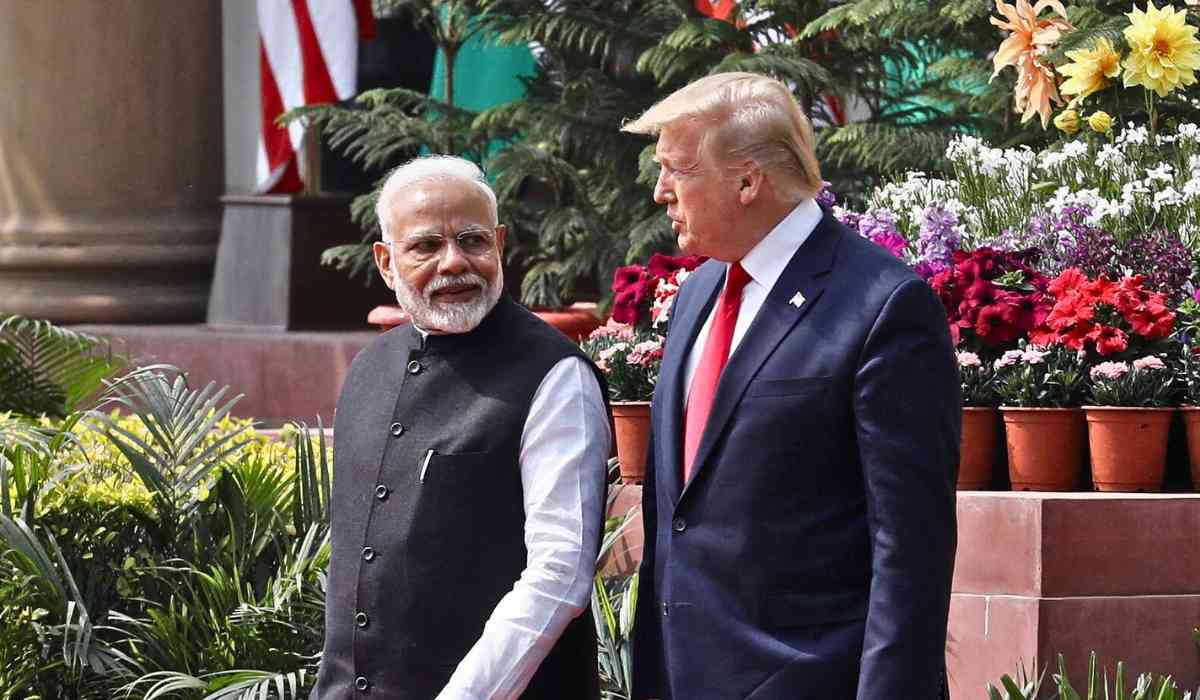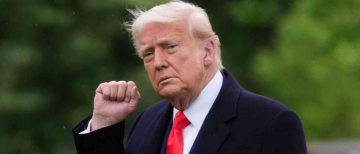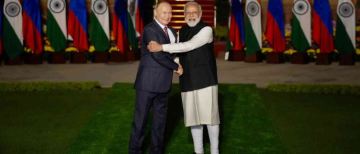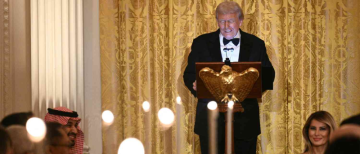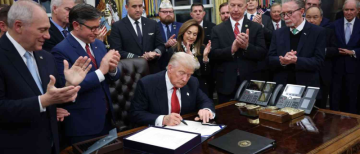In a significant development that could reshape the economic landscape between two of the world's largest democracies, India and the United States have finalized the key terms for the first phase of their bilateral trade agreement. This milestone marks a crucial step towards enhancing trade relations between the two nations, aiming to boost bilateral trade from approximately $200 billion to $500 billion by 2030.
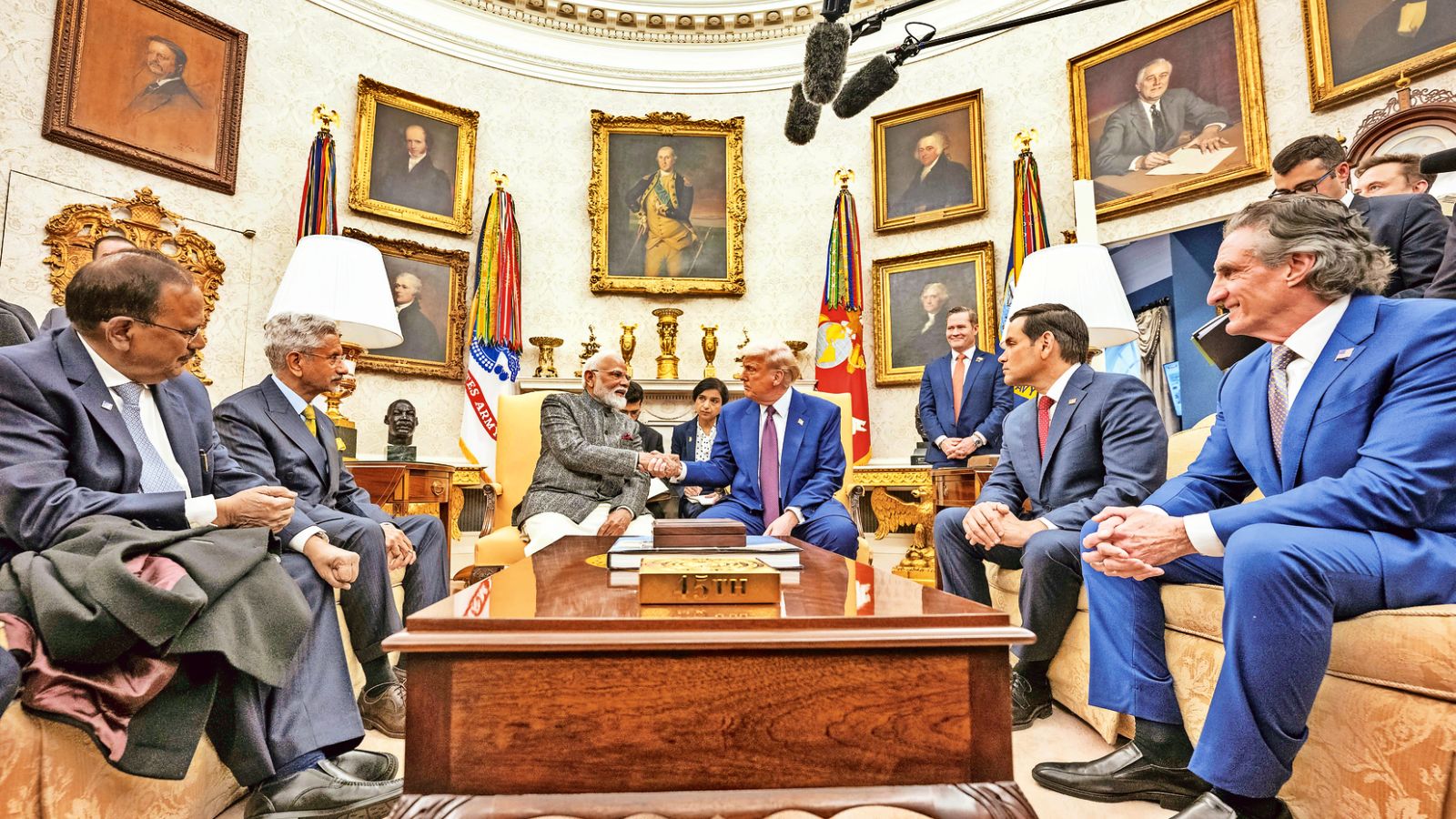
Background and Significance
The journey towards this agreement began with a joint statement by Prime Minister Narendra Modi and President Donald Trump in February 2025, where they pledged to expand bilateral trade significantly. The talks gained momentum with high-level discussions in New Delhi from March 26-29, 2025, involving officials from both countries. These negotiations were a follow-up to the commitment made by the two leaders to negotiate the first tranche of the bilateral trade agreement by the fall of 2025.
Key Terms and Negotiations
The terms of reference (ToRs) for the agreement have been finalized, paving the way for sector-specific talks. These discussions are being conducted primarily through video conferencing, with the possibility of in-person meetings if needed. The ToRs are broad-based, allowing both parties to negotiate an ambitious, mutually beneficial agreement that addresses tariff and non-tariff barriers, increases market access, and deepens supply chain integration.
India and the US are engaged in intense sectoral negotiations, focusing on finding mutually beneficial solutions. The agreement aims to unlock new opportunities for businesses, boost bilateral investment, and enhance economic integration between the two nations. Officials from both sides have expressed satisfaction with the progress made and reaffirmed their commitment to ongoing collaboration.
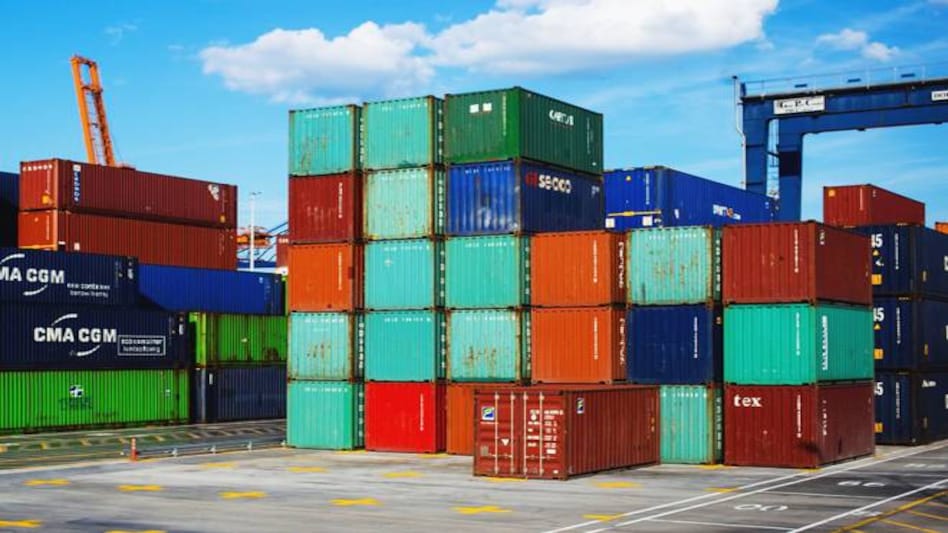
Challenges and Opportunities
Despite the progress, there are challenges ahead. The US has imposed a 27% tariff on Indian imports, which India is studying closely to assess its impact on domestic industries. However, India remains committed to pursuing a trade deal within the year, reflecting a cooperative stance despite these tariffs.
The ongoing negotiations also involve addressing complex issues such as intellectual property protection and government procurement. An early harvest deal is expected to address tariff and non-tariff issues, providing greater market access before tackling more complex matters.
Why This Matters
The bilateral trade agreement between India and the US is not just about numbers; it represents a strategic partnership that could redefine the economic trajectory of both nations. For India, it offers a chance to tap into the vast American market, leveraging its large and aspirational young population to drive demand for goods and services. For the US, it provides access to a rapidly growing economy with immense potential for investment and trade.

Moreover, this agreement could set a precedent for future trade deals, showcasing how two major economies can work together to create mutually beneficial outcomes despite differences in economic policies and political landscapes.
Conclusion
As India and the US move forward with their bilateral trade agreement, they are not just negotiating trade terms; they are building a foundation for long-term economic cooperation. The success of this agreement will depend on the ability of both nations to balance their interests while fostering a collaborative environment. With the first phase expected to be finalized by the end of 2025, the stage is set for a new era in India-US economic relations, one that promises growth, innovation, and prosperity for both nations.
With inputs from agencies
Image Source: Multiple agencies
© Copyright 2025. All Rights Reserved Powered by Vygr Media.

